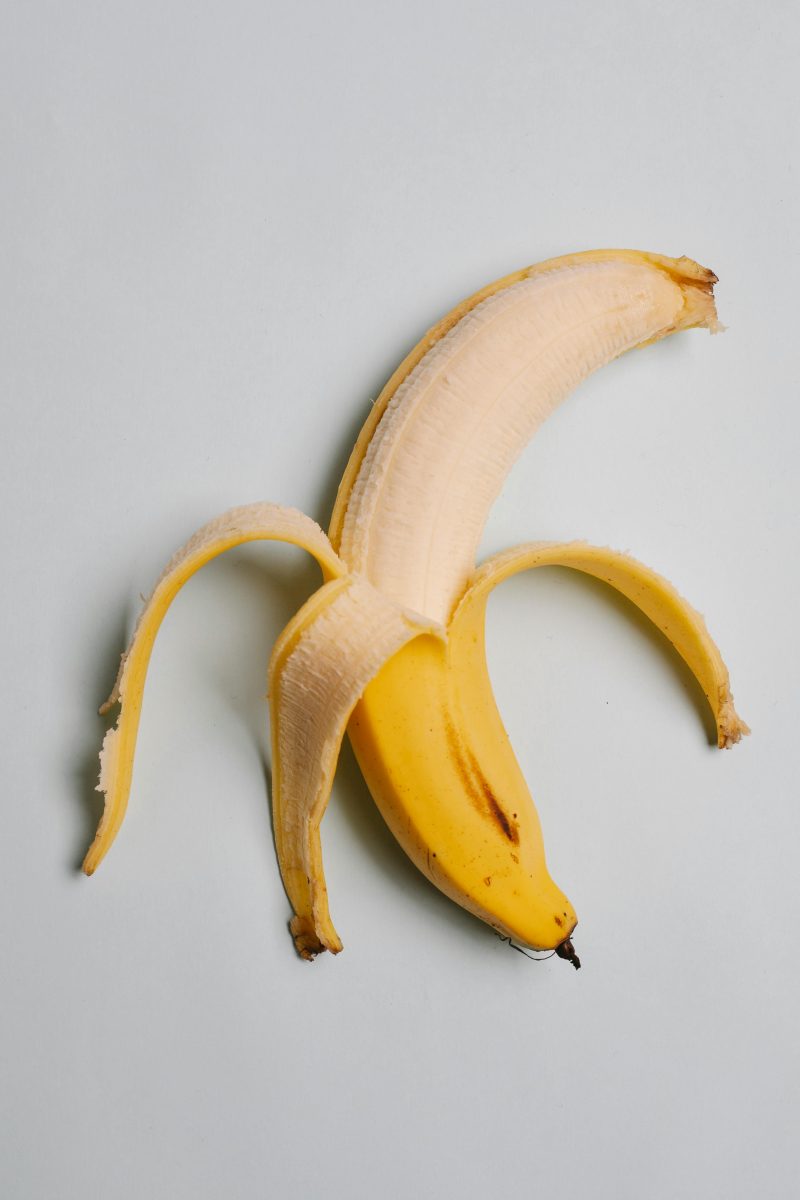Last Updated on: 14th July 2024, 09:31 am
Introduction to the Skin-Exercise Connection

The skin, our body’s largest organ, plays a crucial role in protecting us against external threats and contributes significantly to our overall well-being. Its health is paramount. Yet, many overlook the profound impact exercise has on enhancing our skin’s vitality. Engaging in regular physical activity not only boosts our general health but also promotes a radiant, more youthful complexion. This connection between exercise and skin health sets the stage for a fascinating journey into understanding how specific physical activities can lead to remarkable improvements in our skin’s appearance and function.
- Enhancing blood circulation
- Reducing stress-related skin conditions
- Unlocking skin’s potential for rejuvenation and resilience
This exploration promises to illuminate the intricate dance between physical activity and skin health, revealing how the simple act of moving our bodies can be a powerful ally in achieving a glowing, vibrant complexion.
The Glow of Exercise: Enhanced Blood Circulation

At the heart of exercise’s benefits for the skin lies its ability to boost blood flow. When we engage in physical activity, our heart rate increases. This, in turn, propels blood circulation, ensuring a swift delivery of nutrients and oxygen to every corner of the body, including the skin. It’s a natural process, akin to watering a thirsty plant, where the enhanced circulation acts as a lifeline, bringing life and energy to our skin cells.
- Nutrients and oxygen are essential for cell repair and regeneration.
- Supports skin’s ability to maintain elasticity, firmness, and a healthy barrier against external aggressors.
- Leads to lasting improvements in skin texture and tone, reducing signs of aging.
The impact on skin appearance is both immediate and profound. Post-exercise, a noticeable glow and vitality take over, signaling health and youthfulness. This glow is not just a temporary flush of color; it’s a testament to the skin’s nourished and rejuvenated state. Over time, regular physical activity can lead to lasting improvements in skin texture and tone, reducing signs of aging and imparting a natural, healthy radiance.
Sweating It Out: The Detoxification Process

When we exercise, our bodies embark on a natural detoxification process, primarily through the act of sweating. This isn’t just about cooling us down; it’s a complex, beneficial system at work. As we push our physical limits, our sweat glands kick into high gear, expelling not just water but also a variety of toxins that have accumulated in our bodies.
- Sweating acts as a conduit for toxin removal.
- Expels toxins, including metals like lead and mercury, through our pores.
- Improves skin’s clarity and pore health.
Thus, the act of sweating it out during a workout does more than just help us shed pounds or build muscle. It plays a pivotal role in our body’s natural cleansing process, promoting both internal health and external beauty. Embracing exercise as a regular part of our routine can lead to significant improvements in skin clarity and health, showcasing the undeniable link between physical activity and detoxification.
Exercise-Induced Hormonal Balances and Skin Health

Exercise plays a pivotal role in maintaining hormonal balance, a key factor influencing our skin’s health. By engaging in regular physical activity, we can effectively regulate hormones that impact our skin’s appearance and function. This regulation is crucial for those aiming to achieve a radiant, youthful complexion.
- Reduces stress hormones, such as cortisol, alleviating skin flare-ups.
- Contributes to balancing hormones that affect skin aging.
- Encourages the production of collagen, responsible for skin’s elasticity and firmness.
In essence, the act of moving our bodies does more than just enhance our physical fitness. It’s a powerful tool for managing hormonal balance, reducing stress, and supporting our skin’s natural beauty. By incorporating regular exercise into our routines, we can harness these benefits, paving the way for healthier, more vibrant skin.
The Challenge of Exercise: Managing Sweat-Related Skin Issues

While the benefits of exercise on skin health are vast, it’s not without its challenges. Sweat-related skin issues, such as chafing and acne, can be a frustrating byproduct of a good workout. Chafing, the result of friction between skin or clothing, can lead to painful, irritated skin, particularly in areas like the thighs and underarms. Acne, on the other hand, may flare up due to sweat mixing with bacteria and oils on the skin, clogging pores.
Preventing these issues starts with wearing appropriate, moisture-wicking clothing that reduces friction and keeps the skin dry. Applying barrier creams or powders can also provide a protective layer against chafing. For acne prevention, it’s crucial to cleanse the skin before and after workouts, removing sweat, bacteria, and oils that could lead to breakouts.
Post-exercise, maintaining a strict hygiene routine is paramount. Showering immediately after a workout, using a gentle cleanser, can help remove sweat and bacteria from the skin’s surface. Incorporating non-comedogenic skincare products that won’t clog pores can also aid in keeping the skin clear. Hydrating the skin with a lightweight moisturizer helps restore any lost moisture, maintaining the skin’s barrier function.
The importance of these practices cannot be overstated. They not only help manage sweat-related skin issues but also enhance the overall benefits of exercise on the skin. By adopting a proactive approach to skincare, we can enjoy the myriad advantages of physical activity, free from the worry of sweat-induced skin problems. This commitment to post-exercise skincare is a testament to our dedication to both our physical and dermatological health, ensuring our skin remains as vibrant and healthy as our bodies.
Nutrition and Hydration: Supporting Your Skin from Within

True skin health extends beyond the surface. It’s a reflection of our internal well-being, influenced significantly by what we consume. The synergy between exercise, nutrition, and skin health is a powerful triad. Regular exercise enhances circulation, delivering nutrients to the skin more efficiently. But what fuels this process? A balanced diet rich in vitamins, minerals, and antioxidants.
Hydration is the cornerstone of this synergy. Drinking ample water maintains skin moisture and elasticity, essential for a supple, youthful appearance. It’s not just about quenching thirst; it’s about creating an environment where skin cells can thrive.
To complement the benefits of exercise, certain nutrients are vital:
- Vitamin C, found in citrus fruits and leafy greens, supports collagen production.
- Omega-3 fatty acids, abundant in fish like salmon, fortify skin barriers.
- Zinc, present in nuts and seeds, aids in repair and renewal.
Together, these nutrients, coupled with regular exercise, create a formidable defense against aging and environmental damage.
Embrace a diet that mirrors your active lifestyle. Choose whole foods that are as close to their natural state as possible. Berries, avocados, and sweet potatoes are not just fuel for your workouts; they’re the building blocks for radiant skin. When exercise and nutrition align, the result is a complexion that glows from the inside out.
In Closing
Exercise is a key to radiant skin. It fosters a balance between rejuvenation and resilience, revealing the skin’s true potential. Through enhanced circulation, detoxification, and hormonal balance, physical activity becomes an essential ally in skin health. These practices, coupled with proper nutrition and hydration, underscore the holistic approach to maintaining a vibrant complexion. Embrace this journey towards a healthier, more glowing you, where every step taken is a step towards luminous skin.
How Exercise Affects Your Skin FAQs
Exercise can help with skin conditions like psoriasis or eczema by reducing stress, a known trigger for flare-ups in many skin conditions. However, it’s important to avoid exercises that cause excessive sweating or friction on the skin, which can worsen these conditions. Gentle, low-impact exercises and proper hygiene post-workout can be beneficial for individuals with these skin conditions.
No, exercise cannot replace skincare routines, but it can complement them. While exercise promotes circulation, detoxification, and stress reduction, which are beneficial for the skin, a targeted skincare routine addresses specific skin concerns and maintains the skin’s health and barrier function. Both are important for achieving and maintaining healthy skin.
Yes, working out can cause acne due to the mixture of sweat and bacteria on the skin, which can clog pores. To minimize this risk, it’s important to cleanse the skin before and after workouts and to avoid wearing makeup or heavy skin products while exercising. Wearing moisture-wicking fabrics can also help by keeping the skin dry and reducing the chance of pores becoming clogged.
Exercise can actually help slow down the skin aging process. Physical activity boosts circulation, which contributes to the appearance of more youthful, vibrant skin by delivering nutrients and oxygen to the skin cells. Moreover, exercise can increase the production of collagen, a protein that helps keep the skin firm and elastic.
Yes, exercise can improve skin health by increasing blood flow, which nourishes skin cells and keeps them vital. Blood flow also helps carry away waste products, including free radicals, from working cells. Regular physical activity can also help reduce stress, which can lead to a reduction in skin problems like acne and eczema.
Hydration during exercise is crucial for maintaining skin health, as it helps to keep the skin moist and resilient. Drinking water helps to balance the skin’s moisture levels and supports the removal of toxins, which can improve the skin’s clarity and texture. Ensuring adequate hydration before, during, and after exercise is essential for supporting the skin’s elasticity and overall health.
Stress reduction from exercise benefits the skin by decreasing the production of cortisol, a hormone that can lead to oil production and acne breakouts. Lower stress levels also improve the skin’s ability to retain moisture, leading to a healthier skin barrier and reduced signs of aging. Regular exercise, by promoting relaxation and stress relief, can therefore play a significant role in maintaining healthy skin.
Sweating from exercise benefits the skin by helping to flush out toxins that can clog pores and plague the skin with pimples and blemishes. The act of sweating can also regulate the skin’s temperature and help maintain its natural barrier function. However, it’s important to wash the skin after sweating to remove any toxins expelled and to prevent them from being reabsorbed.
UV exposure during outdoor exercise can damage the skin, leading to premature aging and an increased risk of skin cancer. It’s important to apply a broad-spectrum sunscreen, wear protective clothing, and exercise during times when the sun’s rays are less intense, typically before 10 a.m. and after 4 p.m. Taking these precautions can help protect the skin from UV damage while still enjoying the benefits of outdoor exercise.
While no single type of exercise is best for skin health, activities that promote circulation and reduce stress, such as yoga, running, and swimming, can be particularly beneficial. These exercises increase blood flow, helping to nourish skin cells and carry away waste products. Additionally, exercises that include a relaxation component can help in reducing stress, further benefiting the skin.
Orlando is a all round athlete from Australia, now resident in Germany. His sports of passion of American Football(Offensive line), weight training and indoor rock climbing where he uses his 195cm wing span to his advantage.



